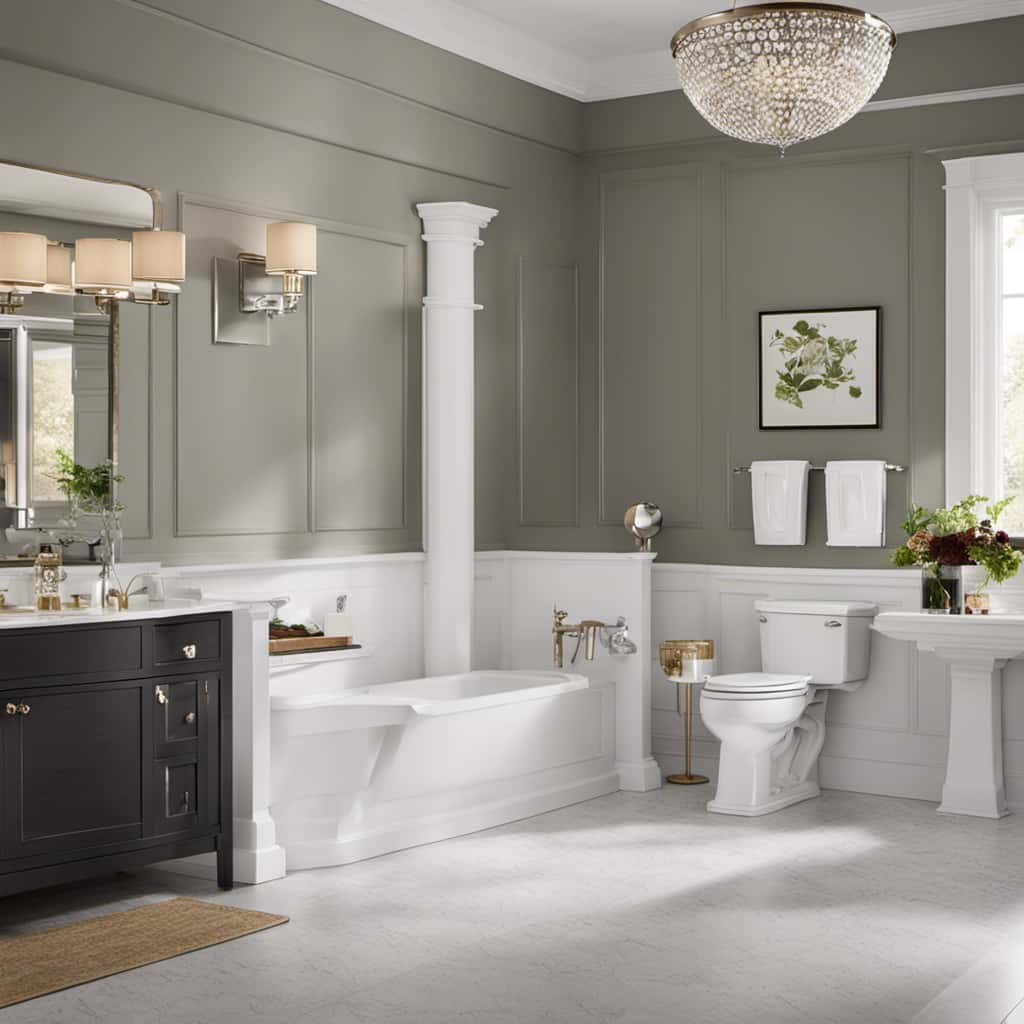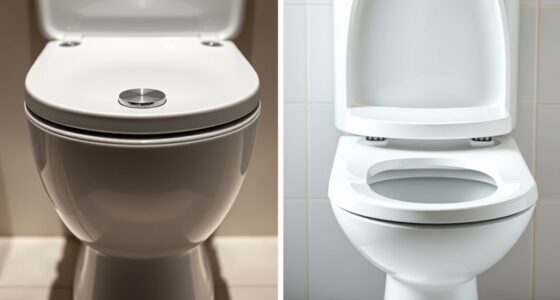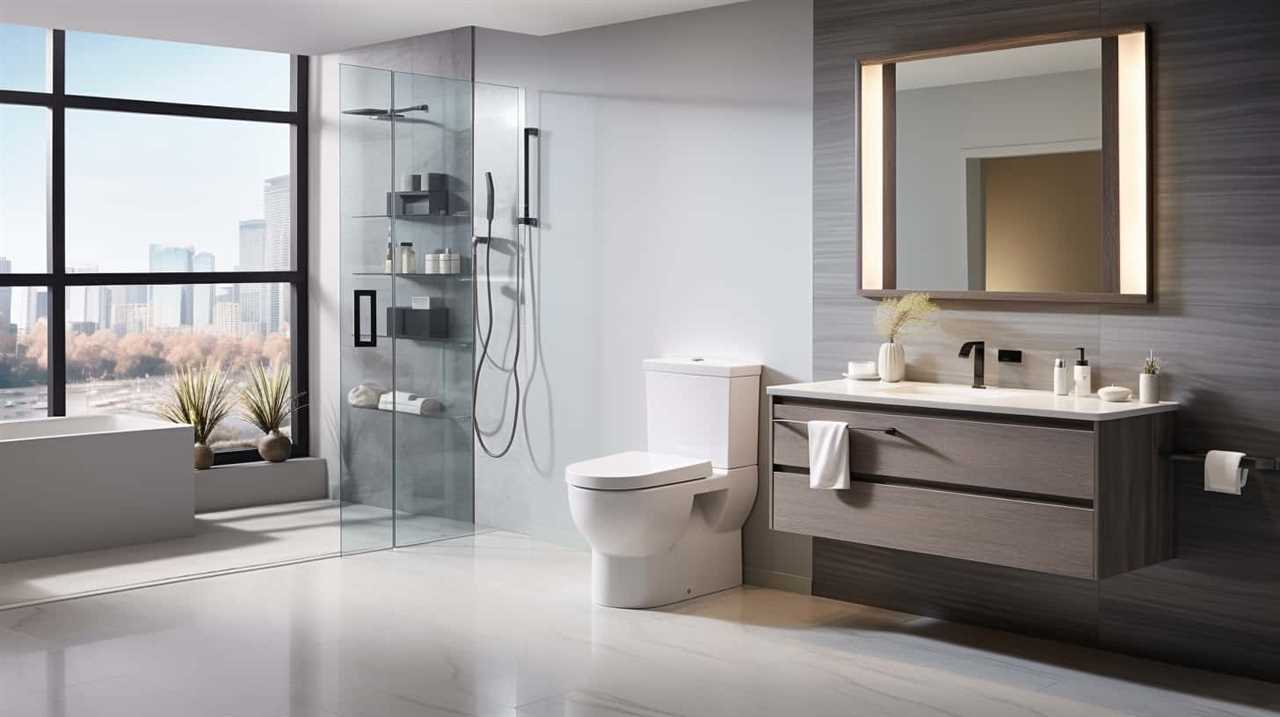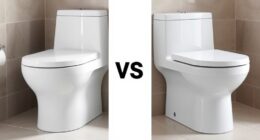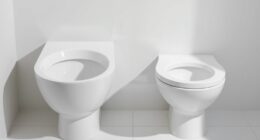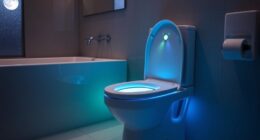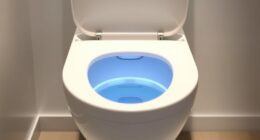Have you ever wondered about the different bathroom habits around the world?
In our research-based article, we explore the fascinating topic of which countries use water instead of toilet paper.
From bidet culture in France and Italy to water sprays in Southeast Asian countries, we delve into the various hygiene practices across the globe.
Join us as we take a journey through the diverse traditions and water-focused innovations in different parts of the world.
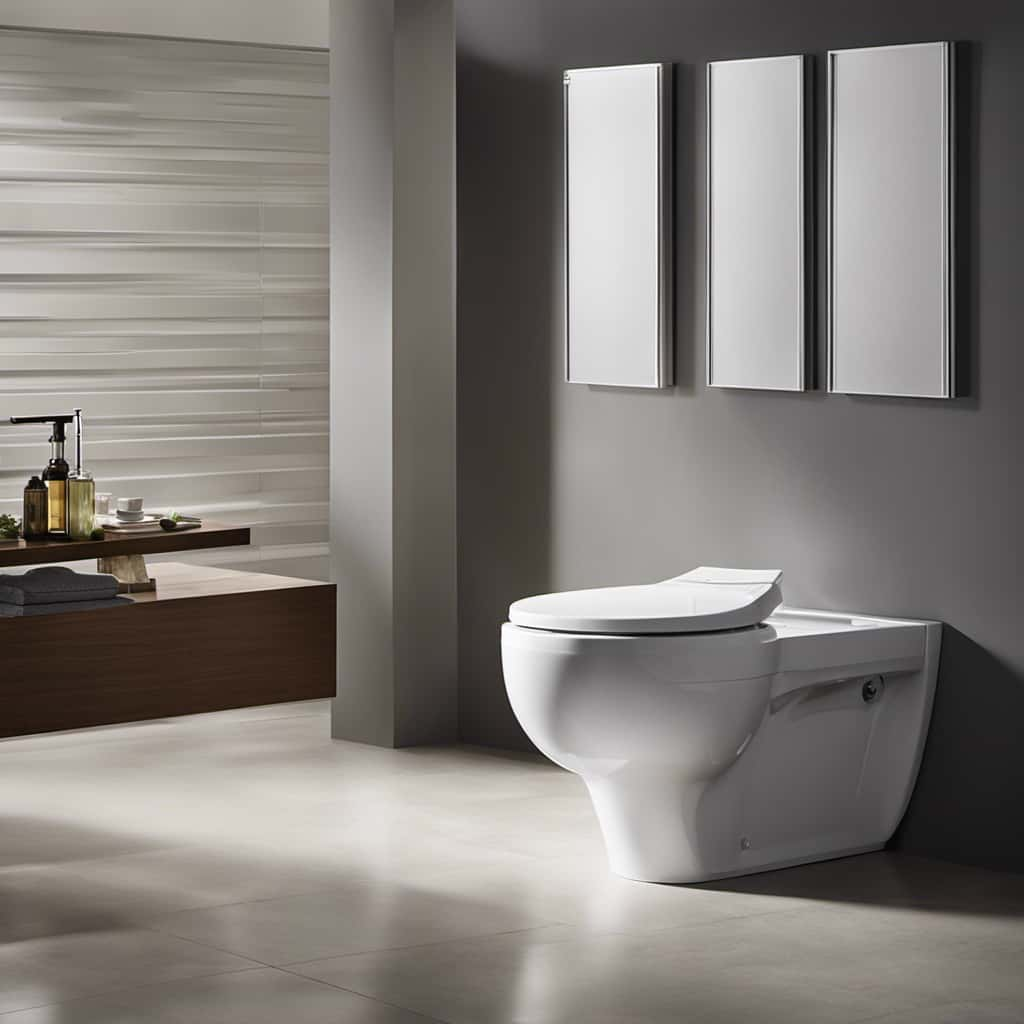
Get ready to expand your knowledge on this intriguing subject.
Key Takeaways
- Bidet culture is embraced in France, Italy, and Japan, where bidets are commonly found in households and public restrooms, providing an alternative to toilet paper for personal hygiene.
- Middle Eastern and South Asian countries prioritize handwashing before and after using the toilet, and personal hygiene education is prioritized from a young age. Traditional cleansing methods, such as using a ‘lota,’ are also practiced in South Asian countries.
- Southeast Asian countries commonly employ water sprays for personal hygiene purposes, and Japan has embraced the use of water sprays known as bidets or washlets, which often come with adjustable water pressure and temperature settings. Water sprays are favored for their eco-friendliness in Southeast Asian countries.
- Scandinavian countries have developed innovative water-focused solutions for cleanliness, incorporating advanced bidet features into modern toilets. Water conservation measures, such as dual-flush toilets, low-flow showerheads and faucets, and wastewater treatment technologies, are widely implemented in Scandinavian households to promote sustainable water management and conservation.
Bidet Culture in France and Italy
In France and Italy, bidet culture is embraced and water is relied upon instead of toilet paper for a cleaner and more hygienic experience. Bidet usage in North America is relatively low compared to these European countries.
The adoption of bidets in urban areas has been more prevalent in France and Italy due to their historical and cultural significance. In these countries, bidets are commonly found in households and public restrooms, providing an alternative to toilet paper for personal hygiene.
The bidet’s popularity stems from its ability to effectively cleanse with water, reducing the need for toilet paper and promoting better cleanliness. This cultural practice has been ingrained in the daily routines of individuals and is seen as a necessary step towards maintaining proper hygiene standards.
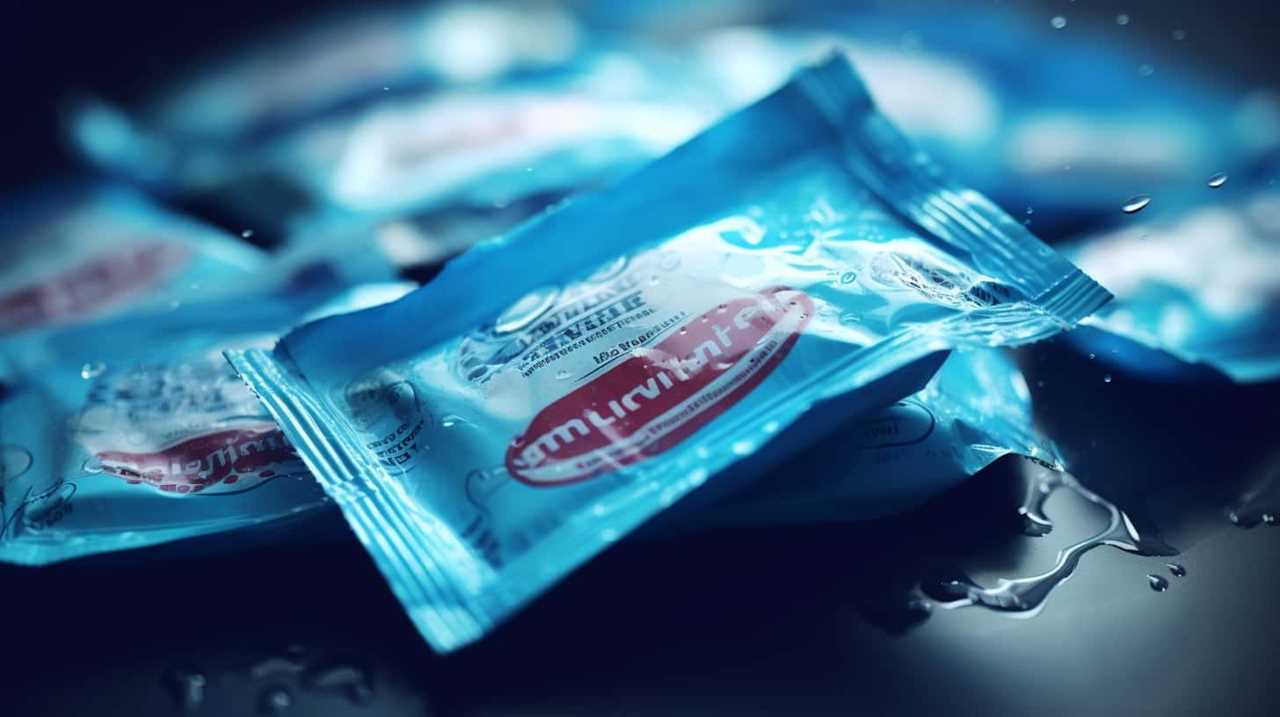
As bidet culture continues to gain recognition and acceptance, it’s important to consider its potential benefits in improving personal cleanliness and reducing environmental waste.
Hygiene Practices in Middle Eastern Countries
Many Middle Eastern countries utilize water instead of toilet paper for personal hygiene. This cultural practice, known as ‘istinja,’ involves using water to cleanse oneself after using the toilet.
Here are some key hygiene practices in Middle Eastern countries:
- Handwashing practices: Handwashing is considered essential before and after using the toilet, before eating, and after handling animals. It’s typically done using soap and water.
- Sanitary napkin usage: In Middle Eastern countries, sanitary napkins are commonly used by women during their menstrual cycles. They’re often available in various sizes and types to suit individual preferences.
- Personal hygiene education: Middle Eastern countries prioritize personal hygiene education, teaching individuals from a young age about the importance of cleanliness and proper hygiene practices.
- Public health initiatives: Governments in the region have implemented public health campaigns to raise awareness about hygiene practices, including handwashing and proper sanitation.
- Traditional cleansing methods: In addition to using water for istinja, some Middle Eastern countries also use traditional cleansing methods, such as using a ‘lota’ or a small jug specifically designed for cleansing purposes.
Understanding hygiene practices in Middle Eastern countries provides insight into their cultural norms and values.
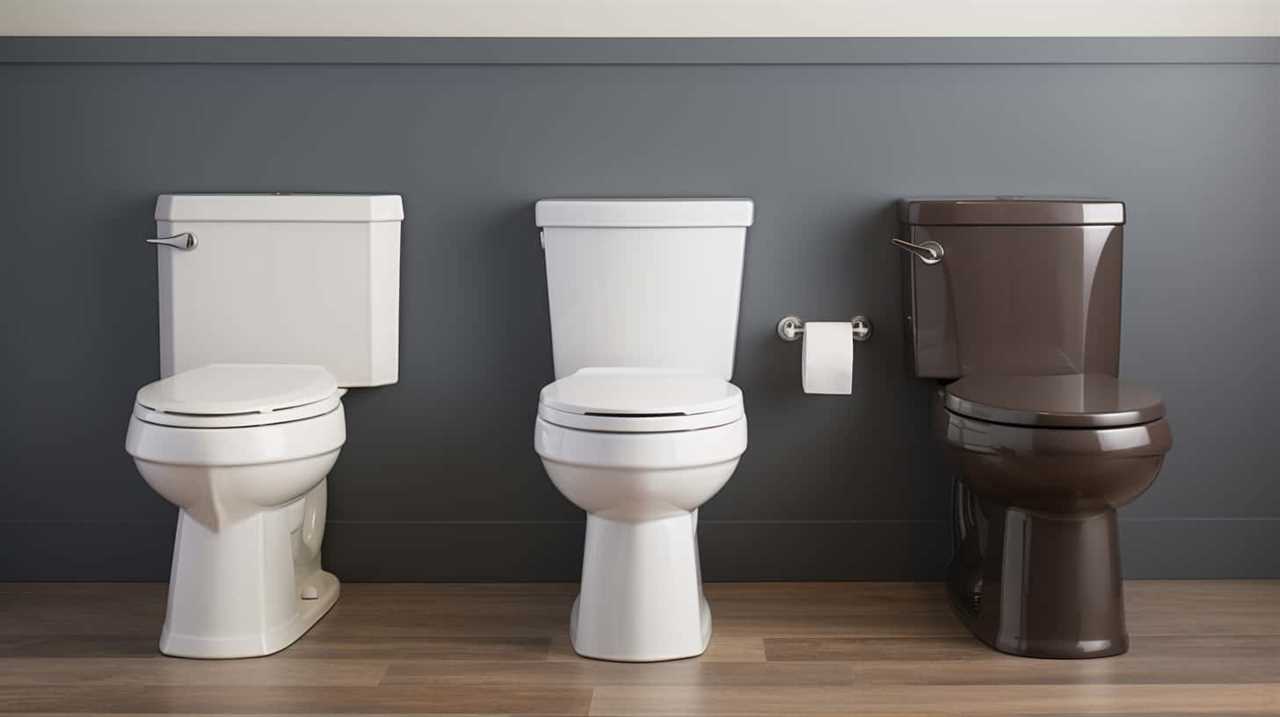
Now, let’s transition to exploring water sprays in Southeast Asian countries.
Water Sprays in Southeast Asian Countries
Now let’s delve into the use of water sprays in Southeast Asian countries, where they’re commonly employed for personal hygiene purposes.
In Japan, toilet hygiene customs have long embraced the use of water sprays, known as bidets or washlets. These advanced toilet systems feature built-in water sprays that provide a thorough cleansing experience. The bidets in Japan often come with adjustable water pressure and temperature settings, allowing users to customize their experience.
In addition to personal hygiene benefits, water sprays are also favored for their eco-friendliness. Southeast Asian countries, particularly those in arid regions, have implemented water saving techniques in conjunction with the use of water sprays. These include using recycled or rainwater for toilet flushing and incorporating dual flush systems to reduce water consumption.
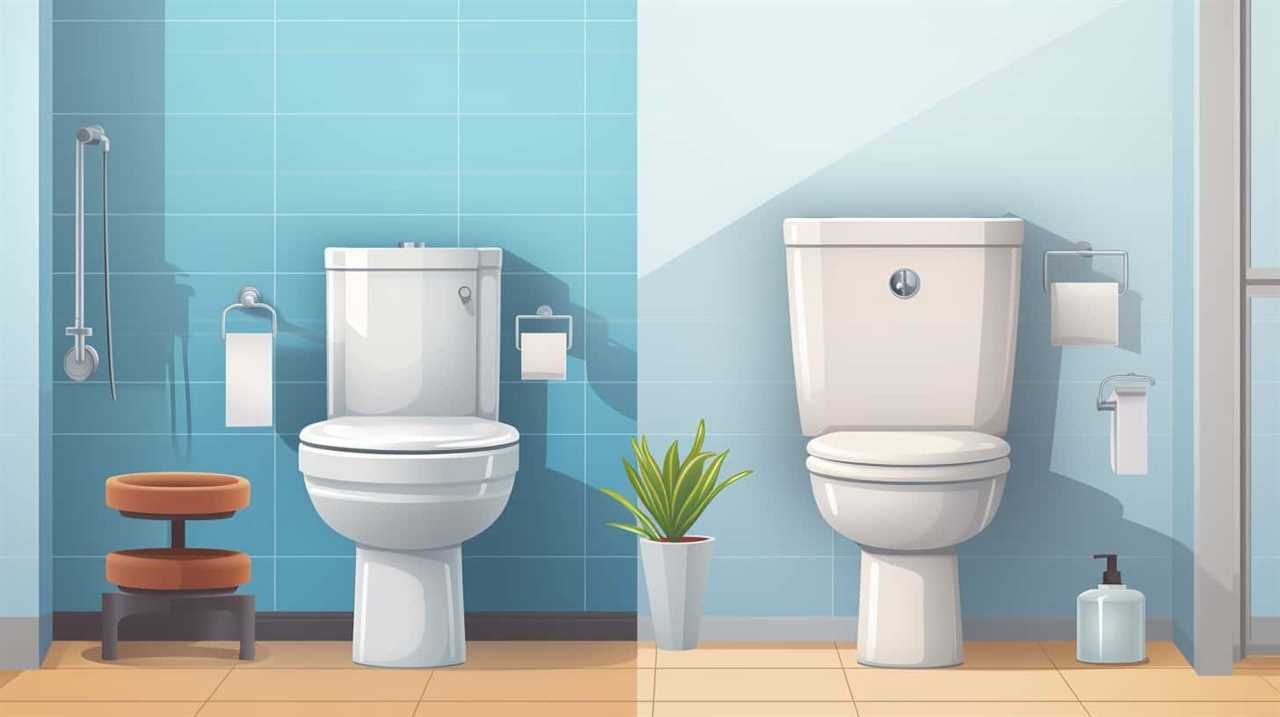
Traditional Methods in South Asian Countries
We have found that South Asian countries have long-standing traditions of using water instead of toilet paper for personal hygiene purposes. This practice is deeply rooted in their cultural beliefs and is considered to be a more effective and hygienic method of cleanliness.
Here are some traditional methods of sanitation practices in South Asian countries:
- Bidet: Many households in South Asia have bidets installed in their bathrooms, which are used to spray water for cleaning after using the toilet.
- Hand-held water sprayers: These are commonly found in households and are used to spray water directly onto oneself for cleaning purposes.
- Water pots: In some rural areas, water pots are used to pour water on oneself for cleaning after using the toilet.
- Bamboo or coconut shell: These natural materials are sometimes used as makeshift water scoops for cleaning.
- Shared water containers: In some communities, a shared water container is used, and people take turns using it for cleaning purposes.
These traditional methods reflect the importance placed on cleanliness and hygiene in South Asian cultures, and they continue to be widely practiced today.
Water-Focused Innovations in Scandinavian Countries
While South Asian countries have a long-standing tradition of using water for personal hygiene purposes, Scandinavian countries have also developed innovative water-focused solutions for cleanliness.
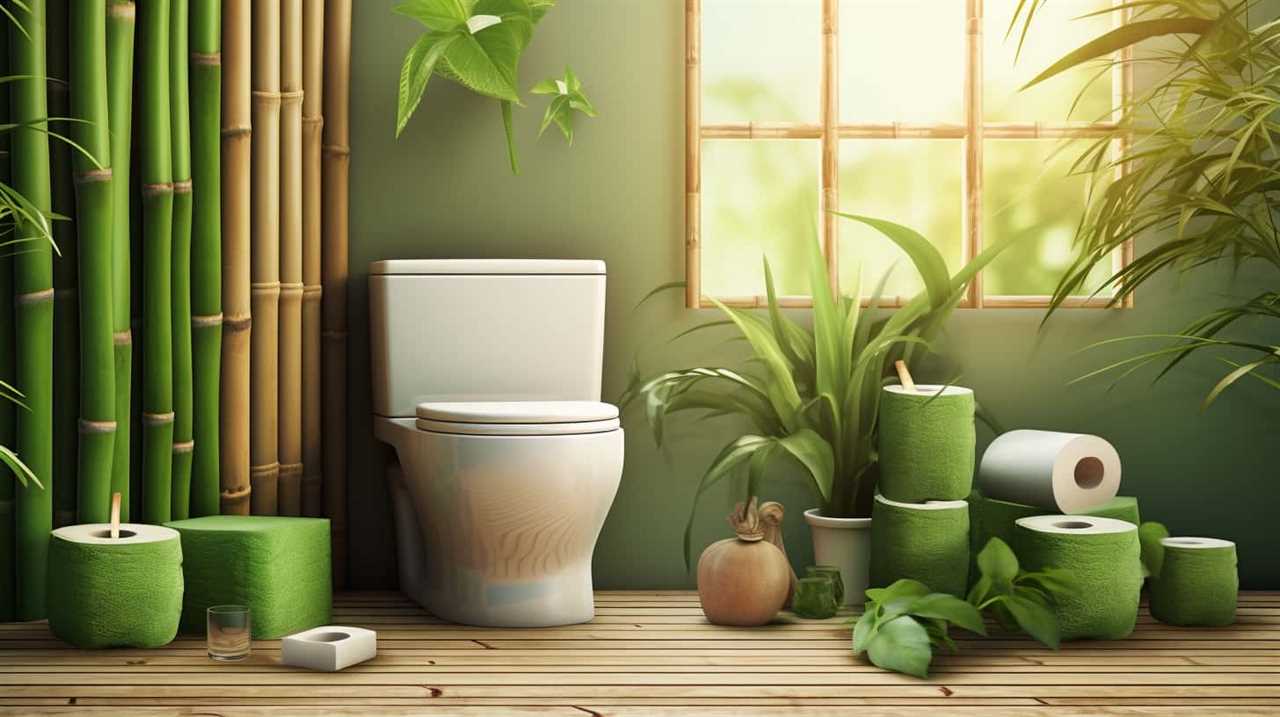
Sustainable water management in Scandinavian countries is a key priority to ensure the efficient and responsible use of water resources. These countries have implemented various measures to conserve water in households.
For instance, Scandinavian households have adopted dual-flush toilets, which allow users to choose between a full flush and a reduced flush, depending on their needs. This helps to minimize water wastage.
Additionally, many households have installed water-saving devices such as low-flow showerheads and faucets, which reduce water consumption without compromising on functionality.
Furthermore, Scandinavian countries have invested in wastewater treatment technologies to ensure that water is properly treated and reused, further contributing to sustainable water management practices.
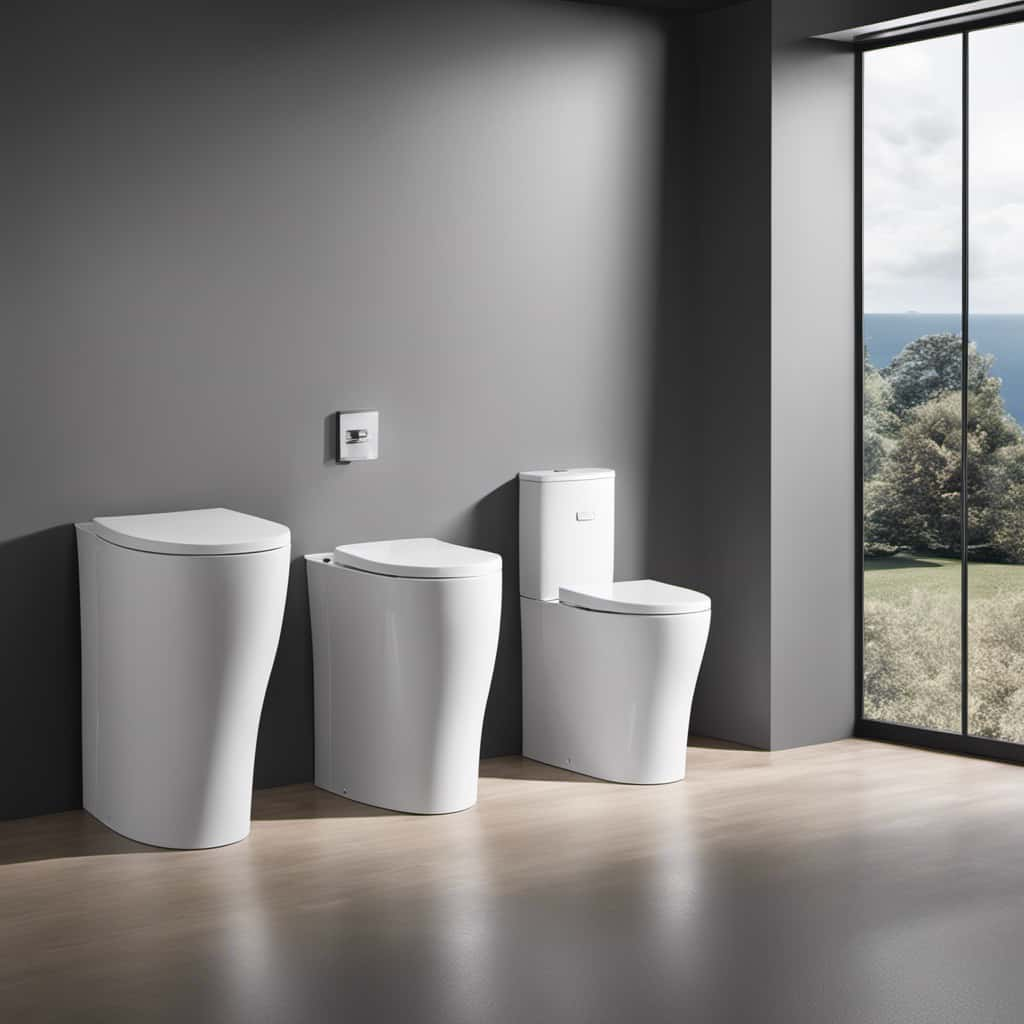
Frequently Asked Questions
How Does Bidet Culture in France and Italy Differ From Other European Countries?
Bidet etiquette and cultural perceptions of cleanliness in France and Italy differ from other European countries. In these countries, bidets are seen as essential for personal hygiene and are widely used, reflecting a higher emphasis on cleanliness.
What Are the Hygiene Practices in Middle Eastern Countries Besides Using Water?
In African countries, hygiene practices vary due to cultural differences. Besides using water, some practices include using natural materials like leaves or sand, while others use hand sanitizers or wet wipes.
Are Water Sprays Commonly Used in Southeast Asian Countries Outside of Bathrooms?
Water sprays in public spaces are commonly used in Southeast Asian countries. Cultural attitudes towards bathroom hygiene prioritize cleanliness and the use of water for cleansing. This practice is influenced by religious and cultural traditions.
What Are the Traditional Methods of Personal Hygiene in South Asian Countries?
In South Asian countries, traditional methods of personal hygiene vary, but they often emphasize cleanliness and purity. These practices, rooted in cultural and religious beliefs, encompass bathing rituals, use of water, and natural ingredients for cleansing and grooming.

What Are Some Water-Focused Innovations in Scandinavian Countries Apart From Toilet Fixtures?
Water conservation initiatives and sustainable water management practices are key focus areas in Scandinavian countries. Apart from toilet fixtures, they have implemented innovative solutions such as rainwater harvesting, greywater recycling, and efficient irrigation systems to ensure responsible use of water resources.
Conclusion
In conclusion, various countries around the world have embraced the use of water for personal hygiene instead of toilet paper. From bidet culture in France and Italy to water sprays in Southeast Asian countries, these practices highlight the importance of cleanliness and sustainability.
As we continue to explore innovative solutions, it becomes clear that water-focused hygiene methods aren’t only effective but also environmentally friendly.
So, next time you think about toilet paper, consider the possibilities that water offers.


